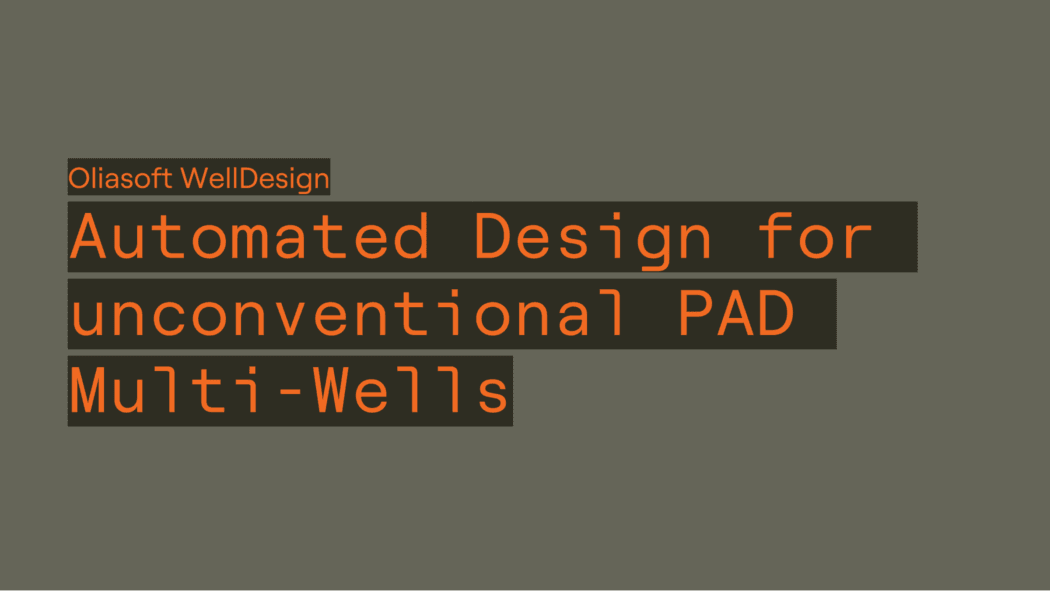July 2, 2024
Advancing into the future of well planning with Oliasoft WellDesign’s automatic and rule-based design capabilities
In the decisive field of well design and planning, efficiency, accuracy, and reliability are crucial. Traditional methods are prone to human error and time-consuming processes, risking setbacks and higher costs. This use case showcases how Oliasoft WellDesign's advanced automatic design capabilities tackle these challenges, providing a transformative solution that empowers engineers in well planning.

Traditional well planning involves numerous manual steps, from designing load cases to simulating various scenarios. These processes are time-consuming and require meticulous attention to avoid errors.
Manual methods can lead to inconsistencies in design standards, resulting in variability across different projects. Ensuring that every design meets industry and company-specific standards is a persistent challenge.
Additionally, managing and interpreting data from various simulations can be overwhelming, often leading to missed insights and delayed decision-making. Traditional methods also lack the capacity to accurately simulate complex load scenarios, making adaptation to various internal, external, and temperature profiles challenging.
Oliasoft WellDesign automates the well planning process through comprehensive automation of workflows and rule-based design. By automating repetitive tasks, the software significantly reduces the time and effort required in the planning phase, allowing engineers to focus on more critical aspects of the design process. The system adheres to predefined rules and criteria, ensuring consistency and compliance with industry and company standards. This rule-based approach minimizes human error and enhances design reliability.
Oliasoft WellDesign allows users to create rulesets and templates for different degrees of automation within the application and the design process. This enables the application of company templates to specific parts of a project, the creation of designs using predefined planning boundaries, or the use of dynamic archetypes to calculate and iterate through hundreds of design proposals.
The automatic design capabilities are modular, allowing flexible application of functionality. For instance, a company can set up specific load case templates to be used across the company or on a specific field level. This saves engineers time and ensures designs follow company requirements. Load templates can be customized down to a single input level within each load case.
Companies can set up template designs within strict design boundaries, based on existing designs or new inputs, for:
Trajectory Well configuration and setting depths Load case templates This approach enables quick creation of standardized designs, saves time, and prevents errors, keeping the design within standardized boundaries.
Dynamic archetypes allow for full design creation at the press of a button, using calculation engines to analyze inputs and propose alternatives based on predefined rules. Rules for calculating setting depths can be defined based on:
Once a setting depth plan is defined, a string priority list per section is applied alongside a predefined load template. This automatically applies and simulates loads on any string/pipe configuration, running through all possible scenarios. Results are summarized, allowing engineers to investigate proposals in detail or let the algorithm determine the optimal configuration based on well integrity and material selection.
Watch the demo showcasing "How to Use Load Templates to add loads to your design"
